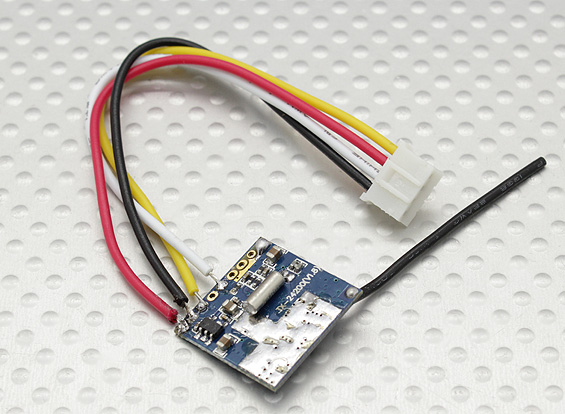FromAGBeat (via Hacker News)
New Hampshire bill proposes aerial photography ban
Neal Kurk (R), member of the New Hampshire House of Representatives since 1986 has recently sponsored HB 619-FN to make aerial photography illegal in their state, which many are considering a look into the future. States are currently struggling with how to deal with advances in drone technology, particularly mini-drones, fueled by fears not only that the federal government is using drones on U.S. soil, but are using them abroad not only to take out terrorists, but suspected terrorists, even if American.
Much media attention has been showered on the topic, bringing light to the full array of uses, not just the CIA’s implementation of the technologies. According to Fox News, the Federal Aviation Administration has already granted 327 licenses, and it projects as many as 10,000 licensed systems by 2017.
New Hampshire’s proposed aerial photography ban states the following:
"A person is guilty of a class A misdemeanor if such person knowingly creates or assists in creating an image of the exterior of any residential dwelling in this state where such image is created by or with the assistance of a satellite, drone, or any device that is not supported by the ground. This prohibition shall not apply where the image does not reveal forms identifiable as human beings or man-made objects. In this paragraph, “dwelling” means any building, structure, or portion thereof which is occupied as, or designed or intended for occupancy as, a residence by one or more individuals."Potential problems with this bill
Although the bill seeks to protect residents from being spied on or documented, it very clearly excludes government officials who may use drones for official business. Most protests against drones are not against hobbyists, Google Maps satellites, or aerial photographers, rather against the government’s use of the devices.
The aerial photography ban is unclear as to the very specific non-threatening uses of aerial devices such as aerial real estate photography for listings, or if a homeowner is photographing their own home, and while it states that “This prohibition shall not apply where the image does not reveal forms identifiable as human beings or man-made objects,” possibly implying that if no human is in any photo or video taken, it is acceptable.
Additionally, it is unclear the implications of this bill on existing Google maps or existing images that have been taken via aerial device, and videography does not seem to be clearly addressed in the bill.
Fines for violations of a bill that could spread to other states
Rep. Kurk proposes a fine for violating the aerial photography ban, costing $62.71 per case in fiscal year 2014, rising to $64.40 per case thereafter, with an estimated $10,000 burden on taxpayers should someone appeal, and of course the $35,000 per year prison cost per person that fails to pay and is arrested.
Real estate photographer Larry Lohrman said, “Based on the public discussion that I’ve seen on this subject, I’m going to go out on a limb and make a wild guess and predict that this is not going to be an isolated incident. My guess is that other states will be doing this too. Particularly since so many cities are resisting use of UAVs by law enforcement.”
The full bill is here.

